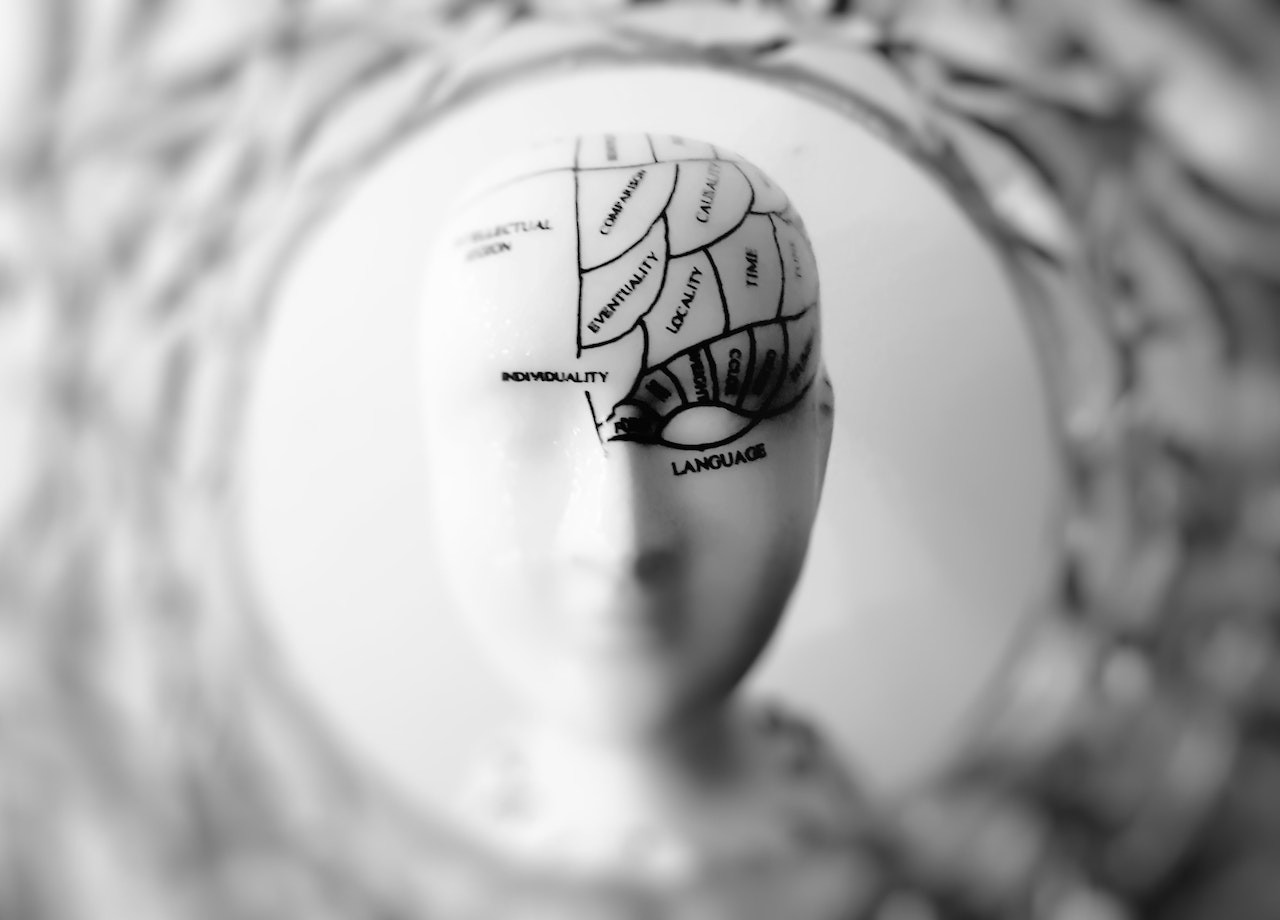The Rubik’s Cube, a seemingly simple yet incredibly complex puzzle, has captivated minds for decades. Since its invention in 1974, this colorful cube has become a global phenomenon, challenging and intriguing people of all ages. You’ve probably seen someone twisting and turning one, maybe even tried it yourself. But have you ever wondered just how many people can actually solve this perplexing puzzle?
It’s a question that sparks curiosity: In a world where the Rubik’s Cube is so ubiquitous, how many individuals possess the skills and patience to conquer it? Let’s delve into the fascinating world of Rubik’s Cube solvers and explore the estimated percentage of the population that can untangle this colorful conundrum.
The Enigma of the Rubik’s Cube: Why So Challenging?
Before we get to the numbers, it’s important to understand why the Rubik’s Cube is not a trivial puzzle. What appears to be a simple toy is actually a complex mathematical challenge. With over 43 quintillion possible permutations, the odds of randomly twisting it back to its solved state are astronomically low.
The cube’s complexity lies in its mechanics and the algorithms required to solve it. Each turn affects multiple pieces, and solving one face can disrupt others. This interconnectedness demands spatial reasoning, pattern recognition, and a systematic approach. While there are algorithms and methods available to learn, mastering them takes time, practice, and dedication.
Estimating the Percentage: How Many are Cube Masters?
So, what are the statistics? While there isn’t an exact global census of Rubik’s Cube solvers, estimations suggest that only a small fraction of the world’s population can actually solve it. One widely cited figure states that approximately 5.8% of people can solve a Rubik’s Cube.
This number, often quoted online and within the cubing community, highlights the relative difficulty of the puzzle. Imagine a room full of 100 people – statistically, only about 6 of them would be able to solve a standard 3×3 Rubik’s Cube. This figure emphasizes that solving the Rubik’s Cube is not a common skill, but rather a noteworthy accomplishment.
It’s important to note that this 5.8% is an estimation, and the actual percentage could vary depending on factors like demographics and access to learning resources. However, it serves as a compelling indicator of the Rubik’s Cube’s challenging nature and the exclusivity of being a solver.
Why Bother? The Benefits of Joining the 5.8%
Given the difficulty and the relatively small percentage of solvers, you might wonder: why even attempt to solve a Rubik’s Cube? The answer lies in the numerous cognitive and mental benefits that come with tackling this brain-teasing puzzle. Solving a Rubik’s Cube is not just about arranging colors; it’s a workout for your mind with a range of advantages.
Boosting Cognitive Power and Problem-Solving Skills
One of the primary benefits of engaging with the Rubik’s Cube is the significant boost it provides to cognitive functions. When you’re learning to solve the cube, especially without relying solely on pre-set algorithms, you’re essentially developing your own problem-solving strategies. Your brain is constantly challenged to devise new techniques and approaches to reach the solved state. This active engagement and mental exercise enhance your cognitive abilities.
Studies have even explored the use of Rubik’s Cubes in educational settings, particularly in mathematics. These studies suggest that using “play cubes” as teaching tools can effectively stimulate students’ interest in learning and guide them towards abstract thinking and the development of spatial reasoning skills. The Rubik’s Cube becomes a practical tool for applying mathematical concepts and generating solution algorithms.
Enhancing Memory and Spatial Reasoning
Solving a Rubik’s Cube is a fantastic exercise for your memory. As you manipulate the cube, you need to remember patterns, sequences of moves, and the spatial relationships between the different parts. This constant mental recall strengthens your memory and enhances your spatial reasoning abilities.
The educational field has increasingly recognized the value of the Rubik’s Cube. Its inherent scientific and mathematical principles make it a powerful tool for learning. Many schools are incorporating cube-based mathematics courses to leverage these “Rubik’s cube brain benefits,” aiming to improve students’ overall learning capacity.
Sharpening Hand-Eye Coordination and Reflexes
The act of solving a Rubik’s Cube significantly improves hand-eye coordination and reflexes. Speedcubing, in particular, takes these benefits to the next level. To achieve faster solving times, you need to increase your finger dexterity and reaction speed. Top speedcubers can execute moves at incredible speeds, sometimes up to 3 moves per second.
This rapid manipulation requires sharp vision and strong reflexes. Speed solvers are constantly anticipating color patterns and visualizing moves before they even happen. Their hands move in direct response to these pre-visualized patterns, leading to enhanced reflexes and sharper vision.
Building Confidence and Mental Resilience
Learning to solve the Rubik’s Cube is a journey that builds confidence. As you progress from a scrambled mess to a solved cube, you experience a sense of accomplishment. The process of learning, practicing, and overcoming challenges inherent in solving the cube fosters mental resilience and a belief in your ability to tackle complex tasks.
The mental multi-tasking involved in solving the Rubik’s Cube – concentrating, memorizing, coordinating hand movements, and pushing cognitive limits – contributes to this confidence boost. The cognitive skills developed through practice translate to other areas of life, making you more efficient, focused, and self-assured.
Improving Concentration and Patience
The Rubik’s Cube demands unwavering concentration. It’s a puzzle that requires your complete attention; a single wrong move can disrupt your progress and send you back several steps. Consistent practice in solving the cube trains your mind to maintain focus for extended periods. This enhanced concentration ability extends beyond cubing, improving your focus in other aspects of your life and tasks.
Furthermore, solving a Rubik’s Cube is an exercise in patience. It can be frustrating, especially for beginners. However, persistence and learning from mistakes are key to success. The process cultivates patience and perseverance – valuable qualities not just for puzzle-solving but for navigating life’s challenges in general.
Stress Reduction and Creative Outlet
For many, the Rubik’s Cube serves as a therapeutic escape from daily stress. Immersing yourself in the puzzle can be a meditative and absorbing activity. The focus required to solve it can help quiet the mind and alleviate anxiety. The sense of accomplishment upon solving the cube provides a positive and rewarding feeling, further contributing to stress reduction.
Beyond the structured algorithms, the Rubik’s Cube also encourages creative thinking. While established methods exist, there’s always room for experimentation and developing your own approaches. This fosters “thinking outside the box” and exploring new and innovative solutions, enhancing your creative problem-solving skills.
Join the Elite Few: Become a Rubik’s Cube Solver
While the estimated 5.8% of people who can solve a Rubik’s Cube might seem small, it represents a global community of millions of individuals who have unlocked the secrets of this fascinating puzzle. Learning to solve the Rubik’s Cube is a challenging but rewarding endeavor that offers a wide range of cognitive and mental benefits.
So, are you ready to join this elite group? Whether you’re looking for a mental workout, a stress reliever, or simply a fun and engaging challenge, the Rubik’s Cube offers something for everyone. Embrace the challenge, unlock the algorithms, and experience the satisfaction of conquering the cube. You might just surprise yourself and become one of the few who can confidently say, “Yes, I can solve a Rubik’s Cube.”

